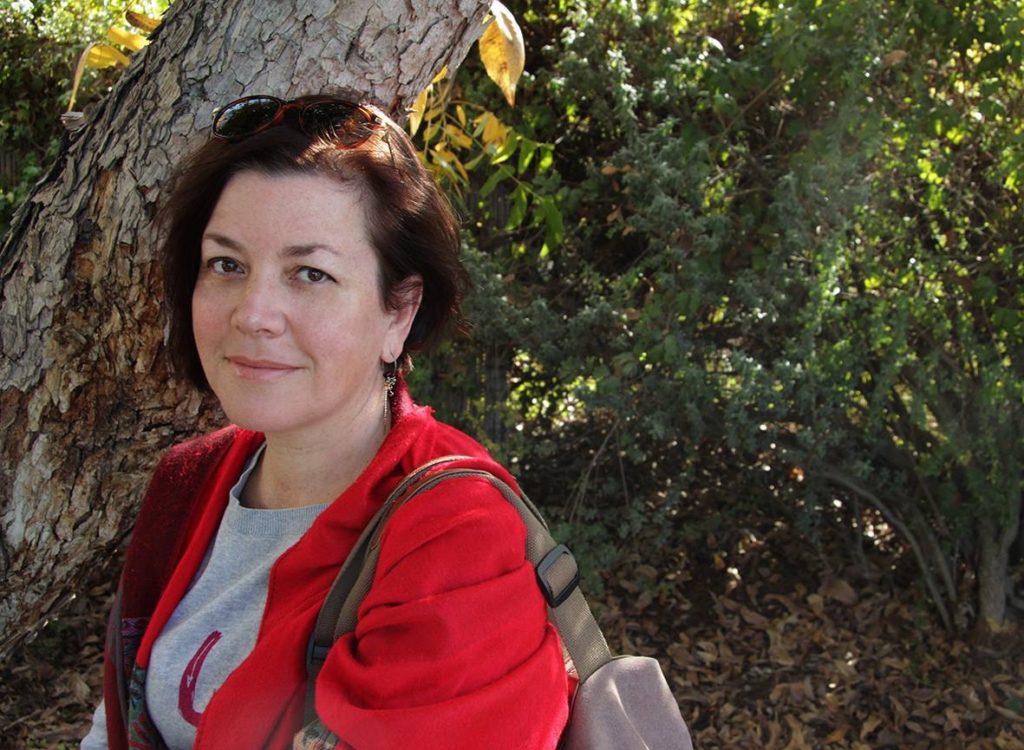Touching the Nature of Things – New Works of Mariana Korol
Mariana Korol’s inspiration sources for her works are rooted in the Jewish heritage, yet it has a clear affinity to the colorful multicultural modern world. Since her childhood in Tashkent, Uzbekistan, Mariana was exposed to a wide array of cultures. She knew the both the Asian and the European artistic traditions, since this combination was one of the prominent characteristics of this unique city in the second half of the 20th century.
Since the beginning of WWII many leading Russian artists escaped from Moscow and Leningrad (today’s St. Petersburg) to Tashkent – Uzbekistan’s capital. With them moved also the theaters, the philharmonic orchestra, the art and the music academies etc.
In the late 1940’s-early 1950’s, most of them returned to Europe, yet their
European artistic mark was clearly left in the capital of Asian culture –
Tashkent. The hybrid between the common Asian art and the few artists of the European culture, who stayed, created a new artistic culture, on which the new generations of Tashkent’s artists were raised. Furthermore, one must not forget that in this area, which had been constituted as a meeting point of East and West early on in history, thrived a colorful Jewish community, who also left its mark on the city’s contemporary art.
This is the backdrop to which Mariana was born and raised. She began painting on her early childhood, and at the age of 9 she already attended the studio for visual arts. At the age of 17 Mariana begun her studies in the department of Art instruction, where she experienced varied techniques. In addition, the artist had an experience in illustrating children books in varied techniques.
Between1986-1990, she participated in group exhibits of the studio students and those of its graduates in galleries and colleges in Tashkent. Today, Mariana holds a Masters degree in Art instruction,
Mariana made an Aliyah in 1990, attended continuing education programs and participated in exhibits of professional artists. In Israel, she continued to gain experience in new techniques such as oil, acrylic and water colors. She believes that dedication to this profession, a diligent work and openness to
different and new ideas – may lead to interesting results.
Although in the world we live in today, at the age of the global village, there
is much similarity between the way of living in different countries, moving to another country, and finding the place at the new homeland is almost as a cultural shock. The artist’s meeting with new landscape and new people, language, colors, light and smells has mixed feelings of concern and hope.
Mariana is no different in this respect. Yet, with her typical positive attitude, she continued her life without a clash with the Israeli cultural heritage. In Israel she built a warm home together with a supportive spouse, raised her two children, integrated into the Israeli society and became an art teacher in the Israeli public educational system. Korol demonstrates her artistic qualities both in her art and in the exhibit itself.
In recent years the artist chose to mainly work with acrylic on canvas. These works can be categorized into a few main topics: Judaica, Jewish holidays and traditions and landscape among others.
Her constant involvement in these many different is possible due to her usage of different techniques and her mastering in each one. She work intensively by using thin layers of paint in light brushstrokes, creating a visibly textured, layered surface, which adds an interest to the painting. Combining clear brushstrokes with opaque techniques in the same work creates a visual and artistic depth with a unique texture as well.
Occasionally Mariana’s acrylic works are based on old photographs of Israeli landscape. These paintings have much similarity to the original photographs, but by her creating an enlarged image the audience get more actively involved in it. Her openness and sincere reactions leads her to fascinating creation following the meeting with the new environment, as it happened in her work related travel with a group of Israeli artist to Bratislava in the summer of
2006.
Sometimes the landscape portrayed in Mariana’s works can be defined as fantastic realism, resulting from daring compositions and transforming daily objects into far more powerful and important elements, such as grass that looks like a forest, or people who seem like ghosts. Her choice of similar colors, which are close on the palette, give these works a smooth mat finish.
In all her works, although dealing with public and social topics, such as Jewish
Holidays and traditions, Mariana test a unique personal vision. Her in-depth investigation leads her to a personal development, which, in turn, influences the development of her artistic style. As already stated, Mariana’s works were exhibited in many different settings, but it is noteworthy that there were only few exhibits dedicated exclusively to her works. Her first individual exhibit was in Tashkent in 1989. Others in 1991 and 2006 were held at the Fresco gallery in Tel-Aviv.
Her latest works, more than 25 paintings, are exhibited for the first time here, at the Museum of Jewish Culture in Bratislava.
Tanya Sternson, Art Curator
The Jewish Heritage Museum – Slovak’s national Museum
Bratislava, 2007
This exhibit was established through cooperation between the Israeli embassy in Slovakia and the Slovak Republic embassy in Israel.

